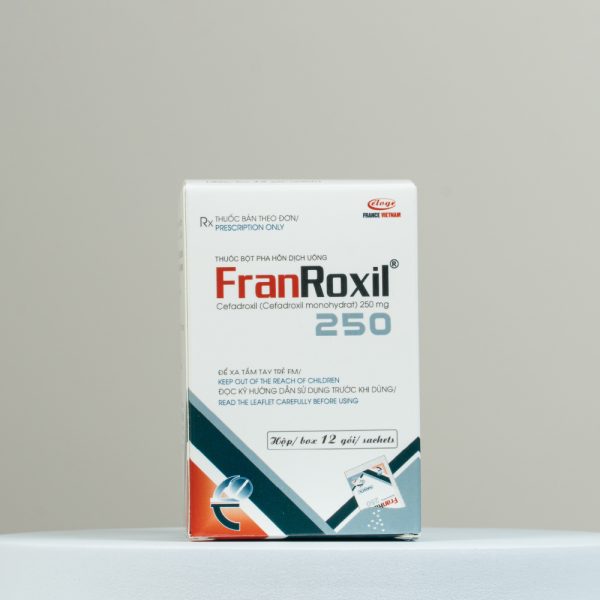
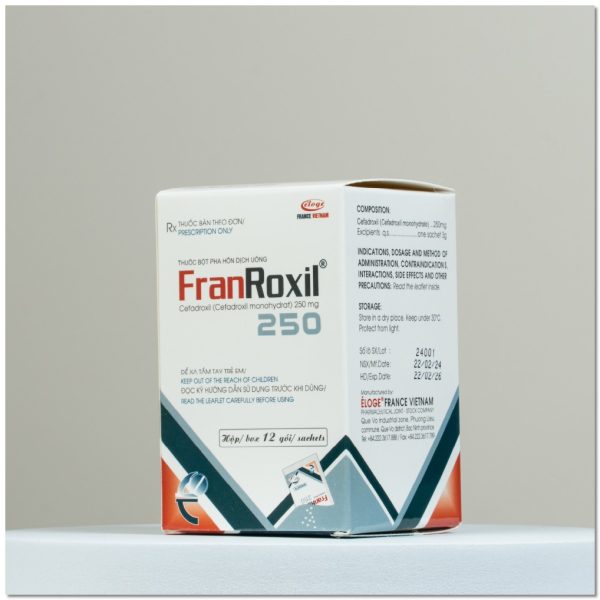
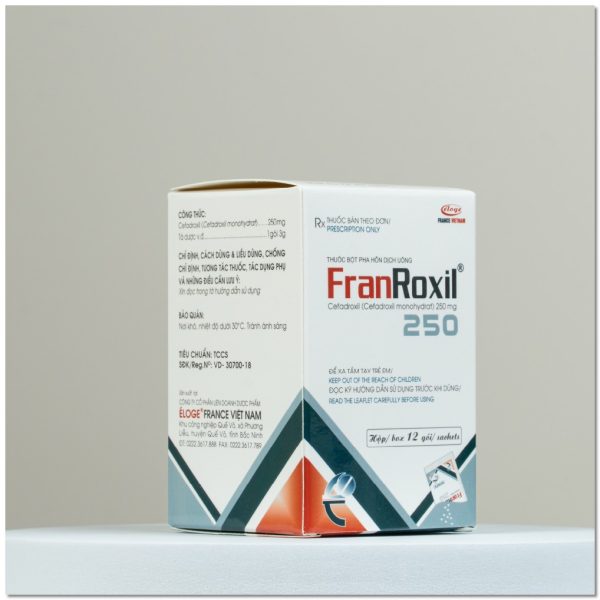
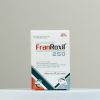
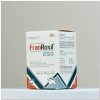

Related products
Liên hệ Nhanh
Nếu bạn có bất kỳ câu hỏi nào hoặc cần trợ giúp, vui lòng liên hệ với nhóm của chúng tôi.
Giờ Làm việc
Hàng ngày
08.00 - 17:00
Thứ 7
08:00 - 12.00
Chủ nhật
Không làm việc



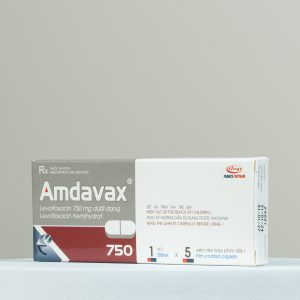

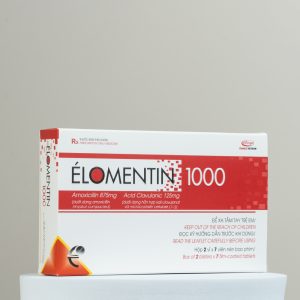
Reviews
There are no reviews yet.